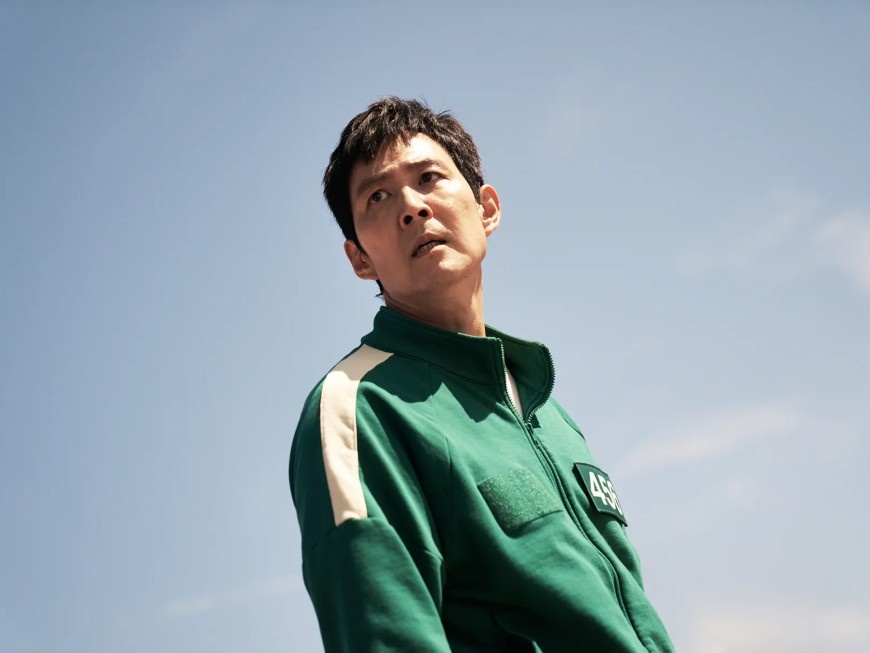When people look up Terence Stamp movies, they often find a body of work that stretches across generations. From the striking villain General Zod in Superman II to his tender, surprising performance in Priscilla Queen of the Desert with Guy Pearce, actor Terence Stamp carved a career that keeps resurfacing with each new audience. What makes this fascinating is not just the artistry, but the financial afterlife. Each appearance, each film, each soundtrack continues to generate royalties.
Royalties are a way of saying: this creative work still matters, and the creator or their heirs deserve to share in its value. Royalties, a deeper truth reveals, extend beyond the artist's lifetime. They operate on their own timeline, frequently enduring for decades after the initial acclaim. For collection societies, publishers, and estates, comprehending this duration is not merely about compliance; it's about meticulously upholding creative legacies.
How Long Does a Creative Work Earn?
Every creative work is tied to a copyright term. Think of it as the legal heartbeat of a song, a film, or a performance.- In the UK and EU, the composition of a song (its melody and lyrics) lasts for the lifetime of the author plus seventy years. If two or more people created it together, the countdown begins after the last surviving co-author passes.
- A sound recording has its own calendar. In the UK and EU, it lasts seventy years from the first time it was legally released to the public.
- In the United States, an individual’s work lasts life plus seventy years, but works made for hire or anonymous projects have a fixed term of ninety-five years from publication or one hundred twenty years from creation.
This means a film like Superman II, released in 1980 and featuring Terence Stamp’s iconic role, will continue to pay through syndication, streaming, and licensing well into the next century. The work will live longer than many of the people who first saw it in theatres.
The Journey After Death
When an actor dies, a peculiar phenomenon occurs: search engines become inundated with questions such as ‘Terence Stamp cause of death' or 'Terence Stamp wife.’ This renewed interest prompts people to revisit old films, re-watch performances, and stream soundtracks. The resulting surge in attention translates directly into revenue. Since copyright extends beyond the artist's lifetime, these royalties are distributed, typically to heirs, occasionally to business partners, or to the current rights holders.Take Jean Shrimpton, the legendary model who shared a high-profile romance with Terence Stamp in the 1960s. While her creative work is in a different field, the principle holds: when creativity touches the world, it keeps generating value long after its creator has stepped away. Estates inherit both the beauty and the responsibility of that continuing flow.
Why Identifiers Keep the River Flowing
The lifetime of royalties is not just a matter of law. It is a matter of data.Films like Priscilla Queen of the Desert are built from layers of rights: screenplay, soundtrack, performances, and recordings. Each layer has its own timeline, its own identifiers, and its own payees. Without proper metadata, the flow of money becomes confused.
That is why identifiers matter:
- ISWC for the song itself
- ISRC for each recording
- IPI for the rightsholders
- ISNI for creators and organisations
When these codes are missing, societies face unmatched royalties, money that was earned but cannot be delivered. Left too long, that money can be redistributed elsewhere. For estates and heirs, this can feel like a legacy slipping through cracks.
Lessons from Terence Stamp’s Career
If we step back and trace Terence Stamp’s legacy, three lessons emerge:- Creative work is never finished: A performance like General Zod in Superman can resurface in memes, streams, or special edition re-releases decades later. Royalties follow every new use.
- Rights are layered: A single film has music, acting performances, distribution rights, and sound recordings, all with separate clocks. Priscilla Queen of the Desert is remembered as a film, but its soundtrack has its own independent lifetime of royalties.
- Clarity matters for heirs: When an actor passes, their family may not expect decades of income to follow. But it does. Having clear ownership records, contracts, and identifiers ensures that royalties land where they should.
The Role of Societies and Administrators
Collection societies and publishers stand at the centre of this story. Their role is not only to distribute money but to preserve fairness across generations.This involves:
- Recording heirs and successors with care
- Tracking works across multiple identifiers
- Publishing transparent policies for unclaimed royalties
- Running audits to catch gaps in legacy catalogues
Without these steps, the very idea of a “lifetime of royalties” can be compromised by lost data and black box distributions.
Why This Matters
The lifetime of royalties is not an abstract idea. It is the reason why Superman II still pays out, why Priscilla Queen of the Desert will continue generating income until 2064, and why Terence Stamp’s name, decades from now, will still echo in balance sheets as much as in cinema history.Legacies like his remind us: creativity does not end with death. It continues in contracts, in identifiers, in careful administration. Royalties are memory made financial.
How Creative Splits Helps
Creative Splits is designed to protect lifetime income. We automate split management, estate routing, and metadata capture. We give teams tools to resolve unmatched income before it drifts into the black box. And we help societies, publishers, and estates honour the full value of creative work, whether it began on a film set in 1980 or a streaming studio today.Book a demo with Creative Splits now and see how your catalogue can achieve lifetime-ready payouts with clarity, speed, and trust.






